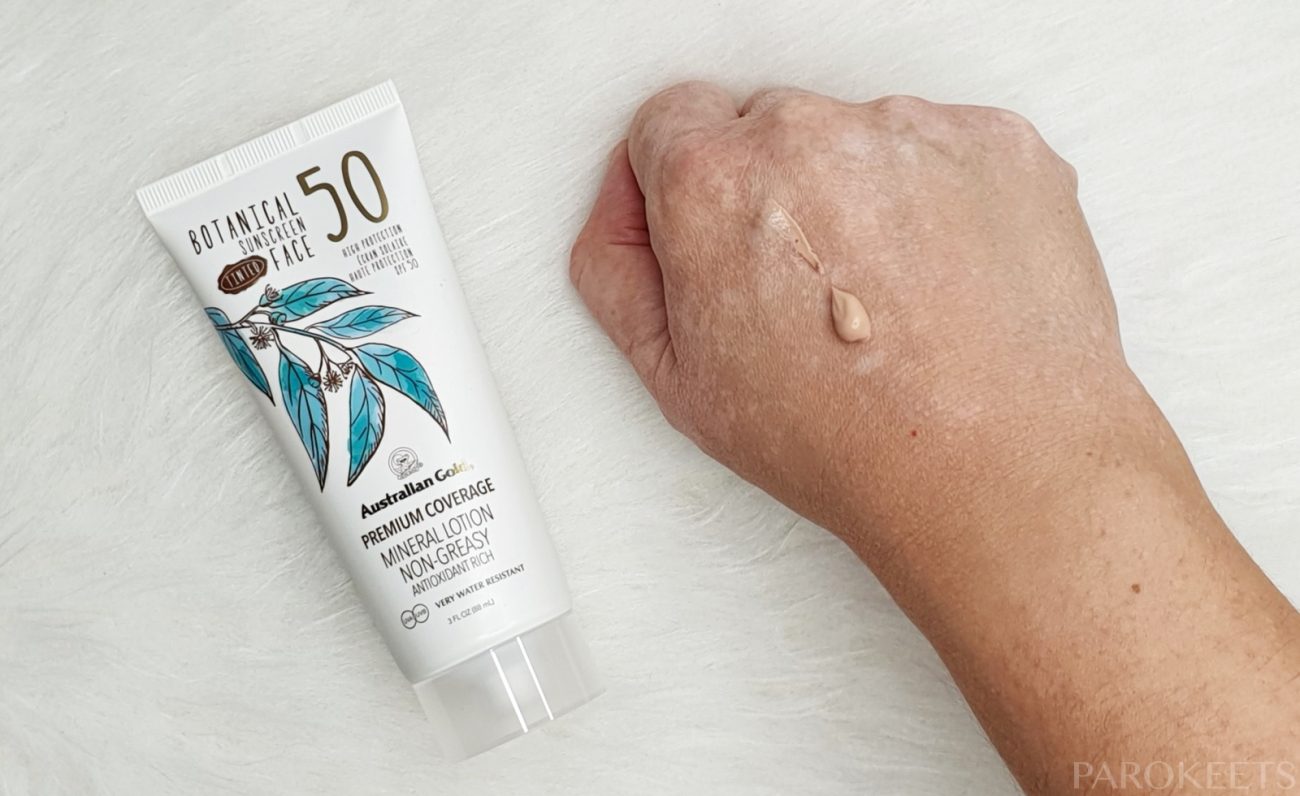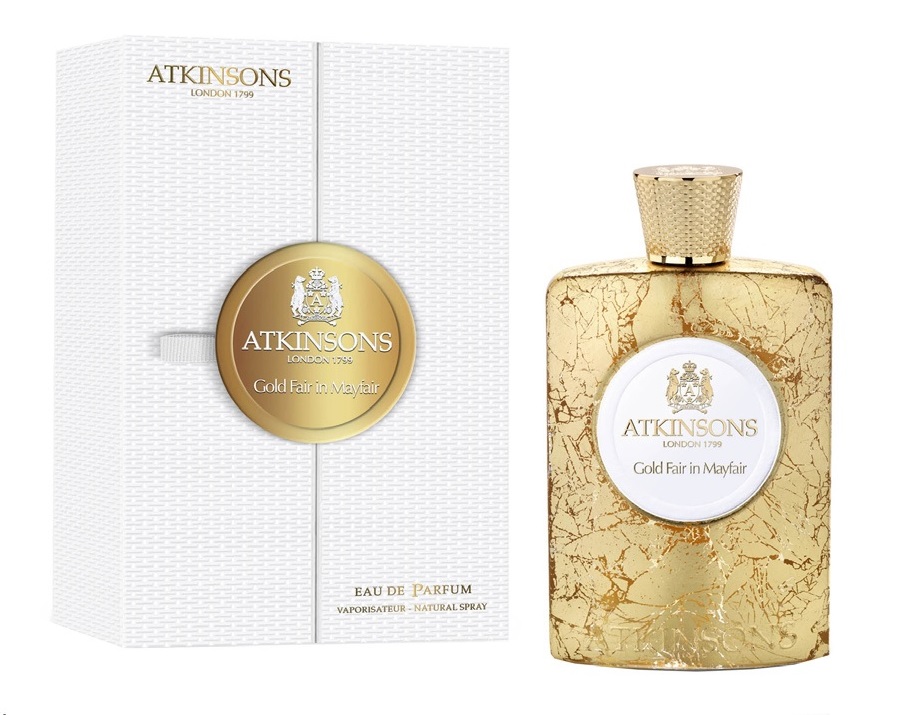

- Australian gold fair to light skin#
- Australian gold fair to light free#

Perfect for very fair to light complexions.
Australian gold fair to light skin#
Wella System Professional Dynamic DefinitionĪustralian Gold SPF50 Botanical Sunscreen Tinted Face For Fair To Light Skin Tones is a sun protection, skincare and make-up that protects delicate and very sensitive face skin while hydrating as a soothing balm and reducing flaws and fine lines, thanks to its lightweight pigmentation. Wella System Professional Creative Care. Wella System Professional Beautiful Base. Macadamia Professional Care & Treatment. L'Oréal Professionnel Alpiane / Infinium. Intragen Cosmetic Trichology Sebum Balance. Intragen Cosmetic Trichology Dandruff Control. Intragen Cosmetic Trichology Anti Hair Loss. Carita Paris Progressif Anti-Age Solaire. Carita Paris Progressif Anti-Age Global. Carita Paris Progressif Néomorphose Clarté Fondamentale. It's definitely one of the best, or probably even the best option out there for sun protection available worldwide. This seems to be true even if the skin is damaged, for example, sunburnt.Īll in all, if you've found a Zinc Oxide sunscreen that you are happy to use every single day, that's fantastic and we suggest you stick with it. But luckily, so far research shows that sunscreen nanoparticles are not absorbed but remain on the surface of the skin or in the uppermost (dead) layer of the skin. We wrote more about nanoparticles and the concerns around them here, but the gist is that if nanoparticles were absorbed into the skin that would be a reason for legitimate health concerns. Still, it's white and disturbing enough to use Zinc Oxide nanoparticles more and more often. Pinnell, it's slightly less white than TiO2. It leaves a disturbing whitish tint on the skin, although, according to a 2000 research paper by Dr. It's also often used to treat skin irritations such as diaper rash.Īs for the disadvantages, Zinc Oxide is also not cosmetically elegant. So much so that Zinc Oxide also counts as a skin protectant and anti-irritant. It's also highly stable and non-irritating. It protects against UVB, UVA II, and UVA I almost uniformly, and is considered to be the broadest range sunscreen available today. The first main difference is that while TiO2 gives a nice broad spectrum protection, Zinc Oxide has an even nicer and even broader spectrum protection. It's definitely one of the best UV-filter agents we have today, especially in the US where new-generation Tinosorb filters are not (yet) approved. 
The English translation is, so far it looks like sunscreens with nanoparticles do stay on the surface of the skin where they should be.Īll in all, Titanium Dioxide is a famous sunscreen agent and for good reason, it gives broad spectrum UV protection (best at UVB and UVA II), it's highly stable, and it has a good safety profile. A 2009 review article about the safety of nanoparticles summarizes this, "to date, in-vivo and in-vitro studies have not demonstrated percutaneous penetration of nanosized particles in titanium dioxide and zinc oxide sunscreens". But do not panic, these are concerns under investigation.
Australian gold fair to light free#
Once absorbed they might form unwanted complexes with proteins and they might promote the formation of evil free radicals. The main concern with nanoparticles is that they are so tiny that they are absorbed into the skin more than we want them (ideally sunscreen should remain on the surface of the skin). The itsy-bitsy Nano-sized particles improve both spreadability and reduce the whitish tint a lot, but unfortunately, it also introduces new health concerns. The cosmetic industry is, of course, really trying to solve this problem and the best solution so far is using nanoparticles. Sunscreens containing Titanium Dioxide are often hard to spread on the skin and they leave a disturbing whitish tint. The disadvantage of Titanium Dioxide is that it's not cosmetically elegant, meaning it's a white, "unspreadable" mess. Regular sized Titanium Dioxide also has a great safety profile, it's non-irritating and is pretty much free from any health concerns (like estrogenic effect worries with some chemical filters). Its protection is very good between 290 - 350 nm (UVB and UVA II range), and less good at 350-400 nm (UVA I) range. Terminalia Ferdinandiana (Kakadu Plum) Fruit ExtractĪnyway, it doesn't matter if it reflects or absorbs, Titanium Dioxide is a pretty awesome sunscreen agent for two main reasons: it gives a nice broad spectrum coverage and it's highly stable.







 0 kommentar(er)
0 kommentar(er)
